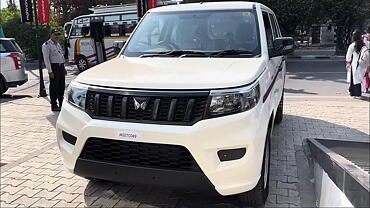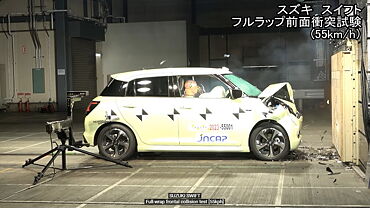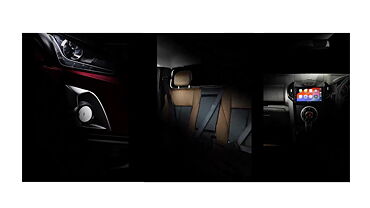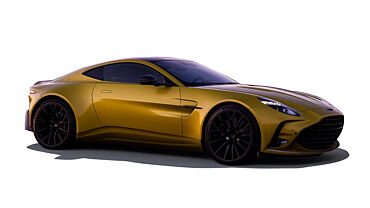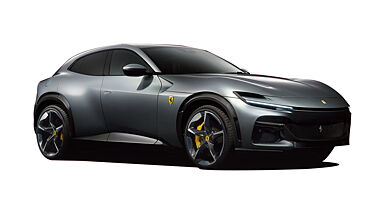Cartrade Comparison Test
This is a very important comparison. In the past five years these two have had a bit of a seesaw battle as far as being a segment leader is concerned. Where the Elantra took over the lead, post its 2011 launch, the Corolla fought back with the brand-new version of the Corolla Altis in 2014. Now Hyundai are back with the brand new version of the Elantra and it seems to be a huge step over its predecessor. So which of these Asian giants will come out on top? We pitted the petrol automatic variants to settle the score.
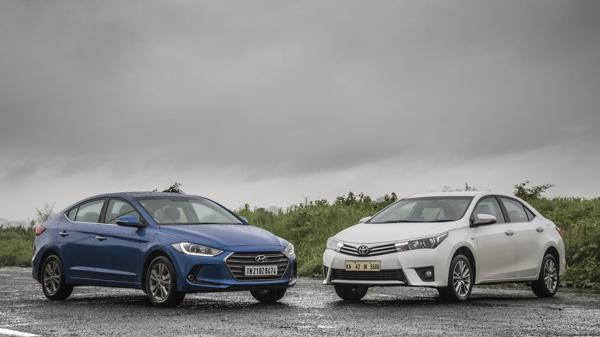
Exteriors
The new Elantra’s design may not be as swoopy as before but it still is sharply cut and looks really contemporary. The car appears best when viewed head on. The low-set hexagonal grille and the beautifully detailed, swept-back headlamps with LED daytime running lights look fantastic. When viewed in profile, the rising window line, bold shoulder crease swooping roof-line and the heavily raked C-pillar lend the car its unique look.
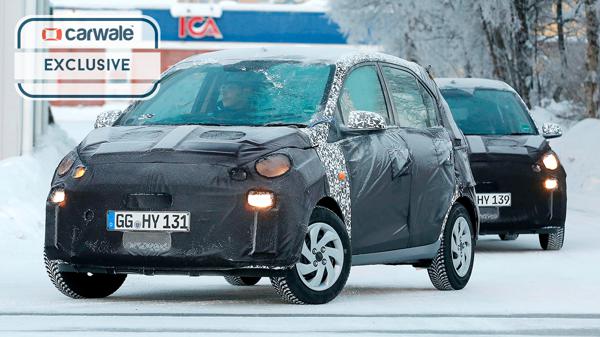
The Corolla on the other hand looks more understated yet attractive on its own. The large chrome grille flanked by the multi-element headlamps lend it lot of character and when viewed from the side it looks more like a mini Camry and Lexus which is a good thing. At the rear too there are Camry elements like the familiar elongated tail lamps and the bulbous bumper. Overall the Corolla looks pleasing but there is nothing out of the box here.

Interiors
Just as these sedans are very different on the outside, so are they on the inside.
As soon as you enter the Elantra’s cabin, you are greeted by a dashboard which is high on quality and finish. But excellent fit and finish isn’t the Elantra cabin’s only strong suit. Between the two, we preferred its design too, as it looks more put together and is well thought out as well. The Elantra’s cabin is quite practical too with places to store bottles, cups and knick-knacks.
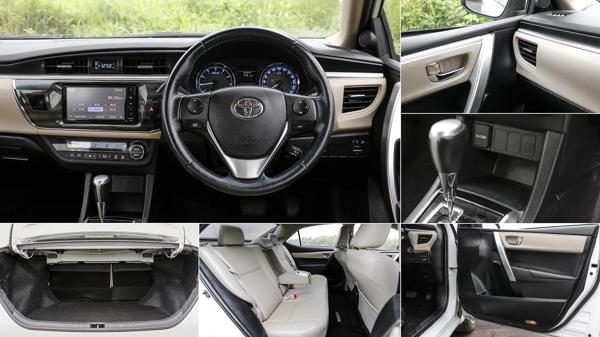
The Corolla feels a bit out of place then as compared to the Elantra. The slab like dashboard is ergonomically designed but the touchscreen music system looks aftermarket. The switches work well but the materials used in the Corolla’s cabin can’t match the high-quality materials that adorn the dashboard of the Hyundai. Even the faux carbon-fibre finish on the dash looks out of place.
The rear seat, however, is the Corolla’s trump card. It has generous legroom and it is sofa-like in its comfort with plush cushioning and very good support. The fact that it gets an adjustable backrest just adds to its comfort quotient. The generous shoulder room and flat floor make the Corolla by far the most comfortable if you are travelling three abreast.
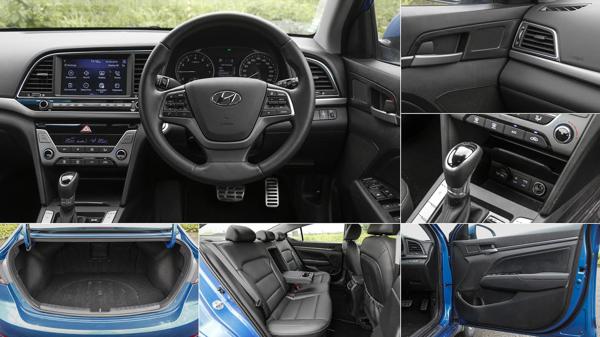
There’s decent rear kneeroom in the Elantra too. The bench itself is comfortable, with a flattish floor and good backrest contour. However, the rising shoulder line impedes visibility from the back seat and the all-black interior doesn’t give you a very airy feeling too. Also the sloping roofline eats into the rear headroom and anyone above 5 foot 11 inch will find headroom to be a bit too compromised.
As ever with Hyundai, the Elantra is very well equipped, and apart from the new touchscreen, you’ll find things like auto headlamps, keyless entry and go, cruise control, electric drivers seat, front seat ventilation, six airbags, ESP and of course, Bluetooth. In comparison, the Corolla feels sparsely loaded. Apart from the regular features it just gets a single zone climate control and only two airbags.
Performance
The Hyundai Elantra petrol auto, at 150bhp has 12 ponies more than the Corolla. Unsurprisingly it is the quickest to 100kph, taking 10.91 sec as compared to the 12.19 sec taken by the Corolla and even in-gear timings were much quicker too.
But the Hyundai Elantra, isn’t exactly smooth at shifting through its six gears, and power delivery is a bit abrupt initially, making it tricky to drive smoothly. It also does its best work when it’s revving above 4000rpm, so you will occasionally wish you had more power at low speeds, for say, shooting into gaps in traffic. The lack of low end power also means the 6-speed auto gearbox keeps hunting through the gears and tends to get confused and fails to make full use of the power on tap.You eventually learn to go flat on the throttle in order to get the box to downshift in the upper reaches of the powerband where this motor starts coming in its own. Here there’s much more power and enthusiasm on hand as the Elantra sheds its lethargic nature and gathers momentum smartly.
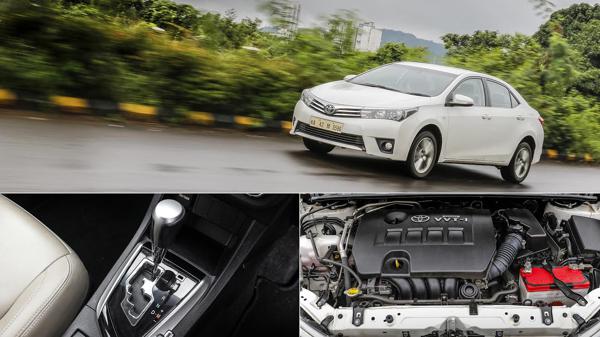
The Corolla’s CVT gearbox in comparison feels more user friendly at low speeds. The gearbox is well calibrated as it keeps the engine running where it makes the meat of its power throughout the acceleration run. The 1.8-litre motor feels more responsive at lower revs too and it is apt for the cut-and- thrust environment of urban traffic. There’s more performance on tap if you use more throttle, but this is accompanied by a considerable increase in engine noise.
Thanks to the torque converter gearbox, at higher speeds, it is the Elantra that feels the most at ease. Overtaking is easier and as the gearbox downshifts in the meat of the powerband. The Corolla makes a lot of noise getting to highway speeds, but once there, settles down to a reasonably quiet cruise. The Hyundai is, by far, the most refined car here, and this is not only down to the sound insulation but the engine too is silky smooth and vibe-free.
Unsurprisingly the Corolla proved to be the more efficient car here. Thanks to the CVT gearbox and lighter kerb weight the Toyota returned a decent 9.8kmpl in the city and 14.2kmpl on the highway. The Hyundai managed a lower 9.5kmpl kmpl in the city and 13.5kmpl on the highway. The larger 55 litre tank on the Corolla gives it a longer range of 560km between fuel stops too.
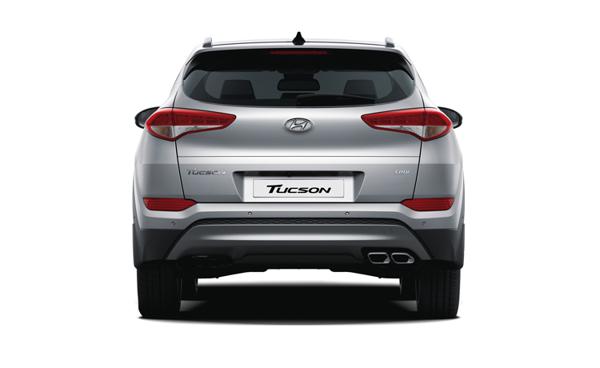
Both the saloons have similar suspension set-ups – independent in front and non-independent at the rear. The steering on the Elantra is the best example we have experienced on an Hyundai. It feels delightfully light at low speeds and weights up in a linear way as speed builds. But though the steering gives you an amazing sense of control, the Elantra isn’t exactly sporty, easing into corners rather than darting through them. The suspension has been tuned for ride comfort which gets it our vote. The Elantra feels firm at low speeds but never to the point of being uncomfortable. At high speeds it rides pretty flat and the straight line stability is really good. The icing on the cake is the suspension which works silently even over the harshest of terrain. All the suppleness doesn’t come at the expense of stability and even at high speed on an undulating surface, the Elantra feels stable, the long wheelbase playing a key role here.
For city driving, you’ll appreciate the Corolla’s electrically-powered steering, which feels light and makes driving through crowded urban streets less of a chore. But as you go faster there is a dead zone at the straight-ahead position and an annoying inconsistency in the way it weighs up. So what you get is a rather disconnected driving experience with little feedback from the road. The soft suspension means the Corolla has a good low-speed ride and it ably absorbs all but the largest potholes. There is, however, sharp body movements over high-speed bumps and it tends to get a little unsettled. In this company, straight-line stability is only average and not quite as reassuring as the Octavia or the Jetta.
Conclusion
The Corolla may not be as appealing as the Elantra, but it’s easy-to-live-with character is its selling point. This Toyota sedan is super-reliable and has an extremely comfortable back seat, which makes it perfect for the executive who wants a no-nonsense and hassle-free form of transportation. It’s just that the Corolla lacks the flair and panache of the Hyundai and the fact that it is more expensive and offers less equipment marks it down further.
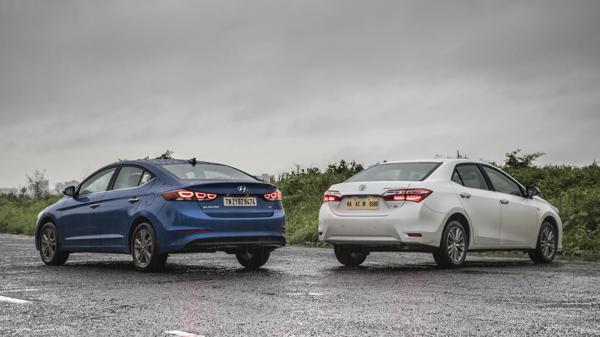
The Elantra wins this test as it appeals both to the head and the heart. It is well priced, is very well equipped and in terms of sheer value for money, the Toyota can’t get close. Sure rear seat space and comfort could have been better but in every other way it beats the Toyota convincingly. It is more refined, is cheaper, the cabin quality is much better and refinement from both the suspension as well as the engine is much superior. Key reasons to tempt a petrol car buyer in the first place.






